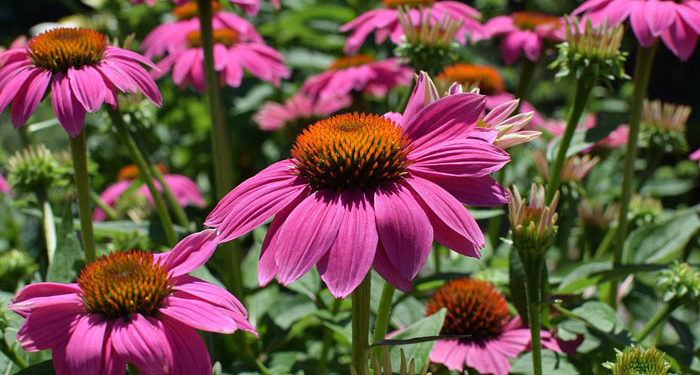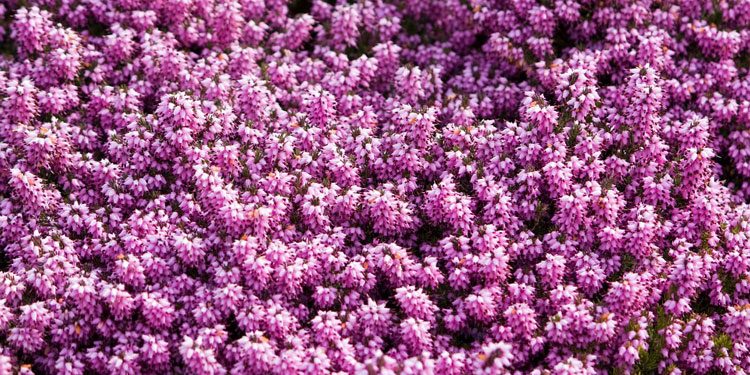Aster – Michaelmas Daisy The American who reads English books about gardens is thrilled by the love of the British for Michaelmas Daisies. He immediately hunts his own roadsides and delves into catalogs to acquire some of these lovely flowers. […]
Eupatorium – White Snakeroot, Thoroughwort, Hemp Agrimony, Joe-Pye Weed, Perennials Guide to Planting Flowers
How often we are tempted to praise the beauties of some foreign flower while our excellent native ones pass by with little attention. There are many sorts of Eupatoriums and most of them can be found growing wild in our […]
Armeria – Sea Pink, Thrift, Cliff Rose, Perennials Guide to Planting Flowers
Armeria – Sea Pink, Thrift, Cliff Rose The Sea Pink is a low growing plant which derived its name from the fact that it grows along the seashore and is pink in color. There are other colors, such as red, […]
Cenothera – Evening Primrose, Sundrops
The Evening Primroses are among the truly beautiful plants which anyone can grow in his garden. The plants grow from 1 foot to 2 feet high, spreading out and producing many satiny, Poppy four-petalled flowers of white, light rose and […]
Lychnis – Rose Campion, Mullein Pink, Perennials Guide to Planting Flowers
For the different parts of one’s garden there are many good varieties of Lychnis. Two of these are known as Agrostemma. Double Ragged Robin and Cuckoo Flower are both common names of Agrostemma, Lynchis Flos-cuculi. This plant, with narrow, grass-like, […]
Dicentra – Bleeding Heart, Perennials Guide to Planting Flowers
The grace of the Dicentras charms us whether in the woods or the garden. The Bleeding Heart, Dicentra spectabilis is one of our most showy old-fashioned flowers which everyone loves. It grows from 2 feet to 4 feet tall and […]
Echinacea – Purple Cone Flower, Perennials Guide to Planting Flowers
The bold and hearty character of the Purple Cone Flower makes it a striking plant. The flowers are rosy purple with dark, stiff, quill-like centers touched with golden crimson. Echinacea purpurea is the common sort and is frequently listed in […]
Growers Guide for Bleeding Heart Plant
How to grow Dicentra Bleeding Heart. From the Greek di, two, kentron, a spur, referring to the two spurs on the petals (Fumariaceae). Hardy herbaceous perennials formerly known as Dielytra. Fibrous and tuberous rooted, they generally transplant badly because the […]
Growers Guide for Heathers, Erica and Callunas shrubs
Small, hardy, evergreen shrubs which grow wild in many parts of Europe and in a few localities in North America. They belong to the Heath family, Ericaceae. The name is derived from kallunein, to sweep. Branches are used as brooms. […]
Growers Guide for Yarrow – Achillea
Named after Achilles, who is said to have used it as a treatment for his wounds (Compositae). Yarrow, milfoil. Hardy perennials, for the border or border rock garden. Species grown today Rock Garden Yarrows Where to plant and grow Yarrow […]










